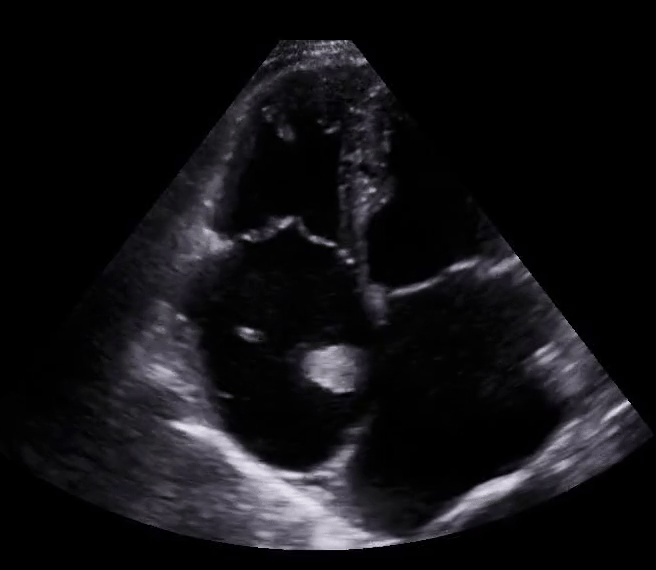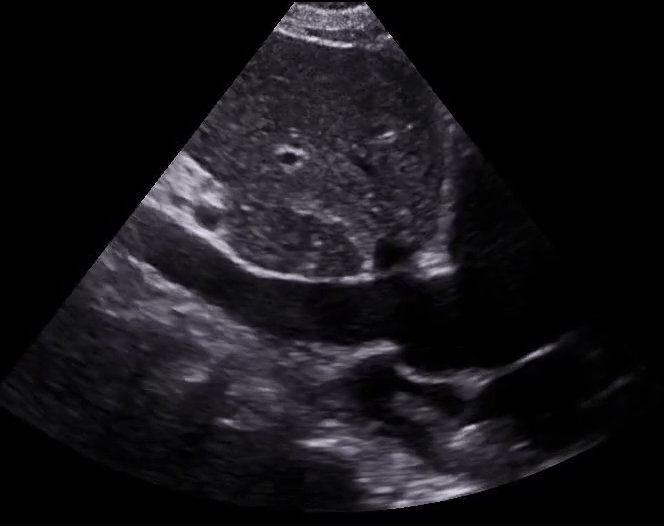Image 1: ECG with new atrial fibrillation with rapid ventricular response.
Clip 1: Apical 4 chamber with right atrial clot in transit.
New atrial fibrillation with rapid ventricular response (Image 1), which turned out to be the least of her problems. POCUS cardiac shows a large clot in transit creeping up the IVC (clip 2) and bouncing around the right atrium (clip 1), with the tricuspid valve playing the best defense it can. Treated with thrombolysis and discharged after a fairly uneventful hospital stay.
Clip 2: IVC with clot in transit


